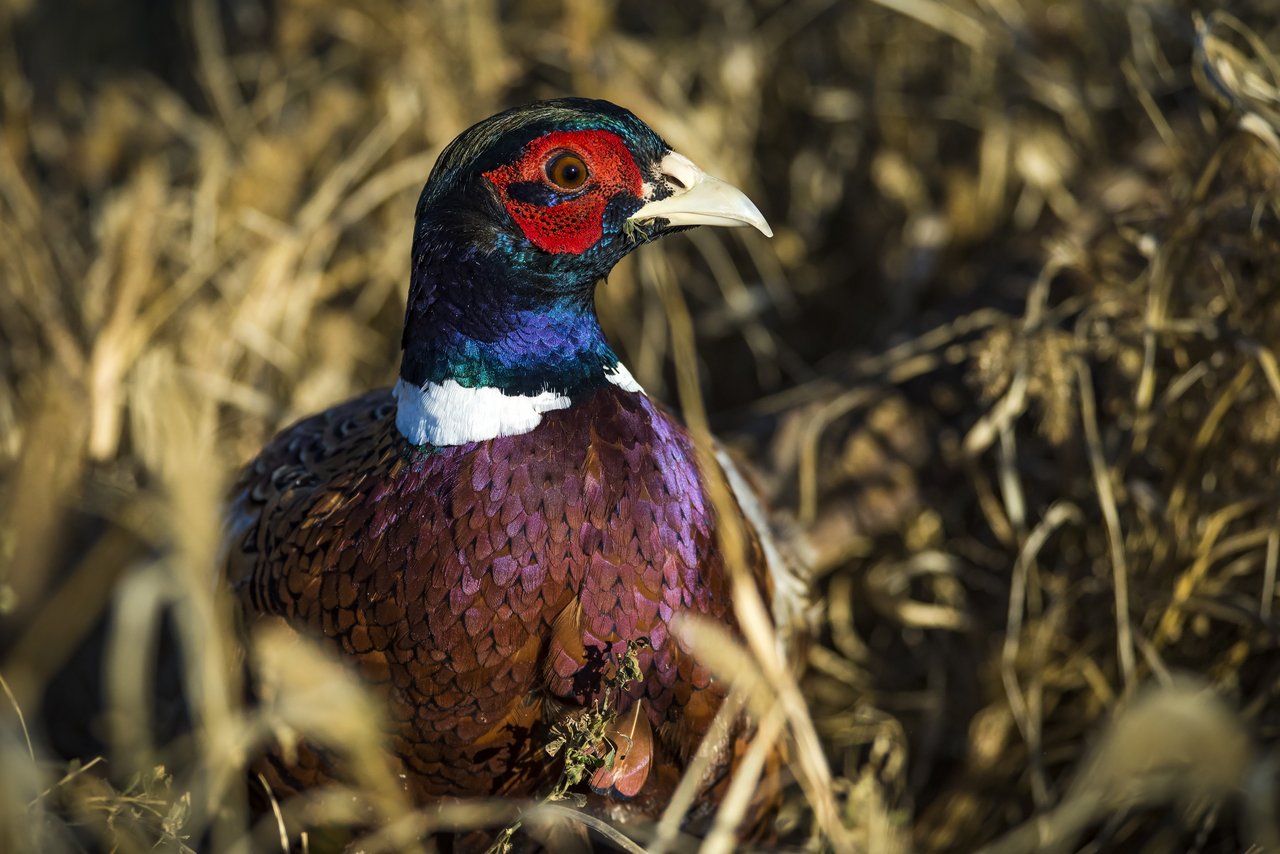
Joshua Haiar, South Dakota Searchlight
State wildlife officials are not bringing back a popular method of estimating South Dakota’s pheasant population, despite requests from the public to do so.
South Dakota is one of the top states for pheasant hunting in the nation, with millions of birds and millions of dollars in economic impact from the hunters that flock to the state each fall.
When the Department of Game, Fish and Parks recently released the draft of its new pheasant management plan for 2024 to 2028, the end of the document said that “by 2028,” the department planned to “improve existing population monitoring programs to develop survey methods to inform biologists on population status, reproductive success, and relative densities of pheasant populations.”
After reading that draft plan, some people wrote in to tell the department that the way to improve population monitoring programs is to reinstate the old method — commonly called the “brood count.”
“I continue to be amazed and disgusted that GFP no longer conducts the summer brood count survey,” John McDermott wrote in a comment to the department.
“Reinstate the statewide pheasant annual brood survey,” Larry Fredrickson wrote.
“Bring back the brood survey,” Mark Schaefer wrote.
In response, the department deleted the language in the draft plan that sparked the comments.
GF&P Senior Upland Game Biologist Alex Solem told the GF&P Commission on Friday that the change to the plan came “after just some kind of public comments and that sort of stuff.” The commission unanimously approved the new version of the plan, without the language calling for improved population monitoring programs.
The state started the brood count as early as 1960 and ended it in 2019, citing concerns at the time that reports of lower pheasant numbers ahead of the hunting season deterred out-of-state hunters from traveling to South Dakota.
The department explained the rationale for ending the count in a Pheasant Hunting Marketing Workgroup and Plan. It said ending the count would “ensure that South Dakota is not unintentionally deterring hunters from coming to our state based on the media headlines reporting of low bird numbers.”
The brood count
Prior to the brood count’s end, department staff conducted it by driving the same rural routes annually to count groups of young pheasants and hens. Those observations and other variables, including a winter male-to-female ratio count and hunter harvest numbers, were fed into a formula to determine a pheasant population estimate ahead of the hunting season. The last brood count in 2019 reflected a 17% drop in pheasants counted per mile.
Now, according to the new management plan, the department uses hunter surveys to estimate how many pheasants are harvested, how many people hunted pheasants, the economic impact of pheasant hunting, and hunter satisfaction.
George Vandel, a former wildlife director for Game, Fish and Parks, said the brood count was a more accurate way of estimating the pheasant population.
“It wasn’t barbershop biology,” Vandel said.
The numbers were also used to help inform changes to the federal farm bill’s grassland conservation programs, he added. The programs help provide habitat for pheasants and other wildlife.
“It showed them how long and when grasses should be left alone before being hayed or grazed, to give pheasants and similar wildlife the best chance possible,” Vandel said. “And they did away with that.”
The hunter surveys that the GF&P now relies on were only one of the variables in the brood count formula.
Chuck Dieter, a retired professor of natural resource management at South Dakota State University, does not like the new method.
“I think it’s ridiculous to use that one variable to extrapolate a population estimate,” Dieter said.
Commission hears new plan
Last month, Solem shared the draft pheasant management plan with the GF&P Commission. He explained how the department estimates the population “through harvest surveys, hunter questionnaires — that sort of thing.”
Solem said about 15,000 resident and 15,000 non-resident hunters participate. Questions include how many birds they harvested, when and where, and their satisfaction level with hunting pheasants in South Dakota.
At the time, Solem referenced the draft pheasant management plan’s goal of improving population monitoring programs but did not offer specifics.
“We want to use and improve on current population harvest and public opinion surveys to, obviously, monitor these population trends as well as the economic impact that hunting, harvest levels and hunter satisfaction have on the landscape,” Solem said about the draft. “It’s no secret that pheasant hunting in the state of South Dakota has a huge economic impact, and we want to make sure that we continue to provide good populations out there for a lot of hunters to come in and harvest birds.
Prior to Friday, GF&P Commission Chair Stephanie Rissler told South Dakota Searchlight that the commission is confident in the department’s current method for counting pheasants. She said department staff can use harvest surveys, habitat and weather conditions for a preseason pheasant forecast, without reinstating the brood count.
“I feel we have come a long way in modeling since 1960,” Rissler said in an email.
After Friday’s vote to approve the amended management plan, Solem shared the department’s annual pheasant harvest report. The report showed about 135,000 hunters harvested 1.2 million pheasants outside of private preserves in South Dakota — representing a 6% increase in hunters and a 7% increase in pheasants harvested compared to the prior year.
